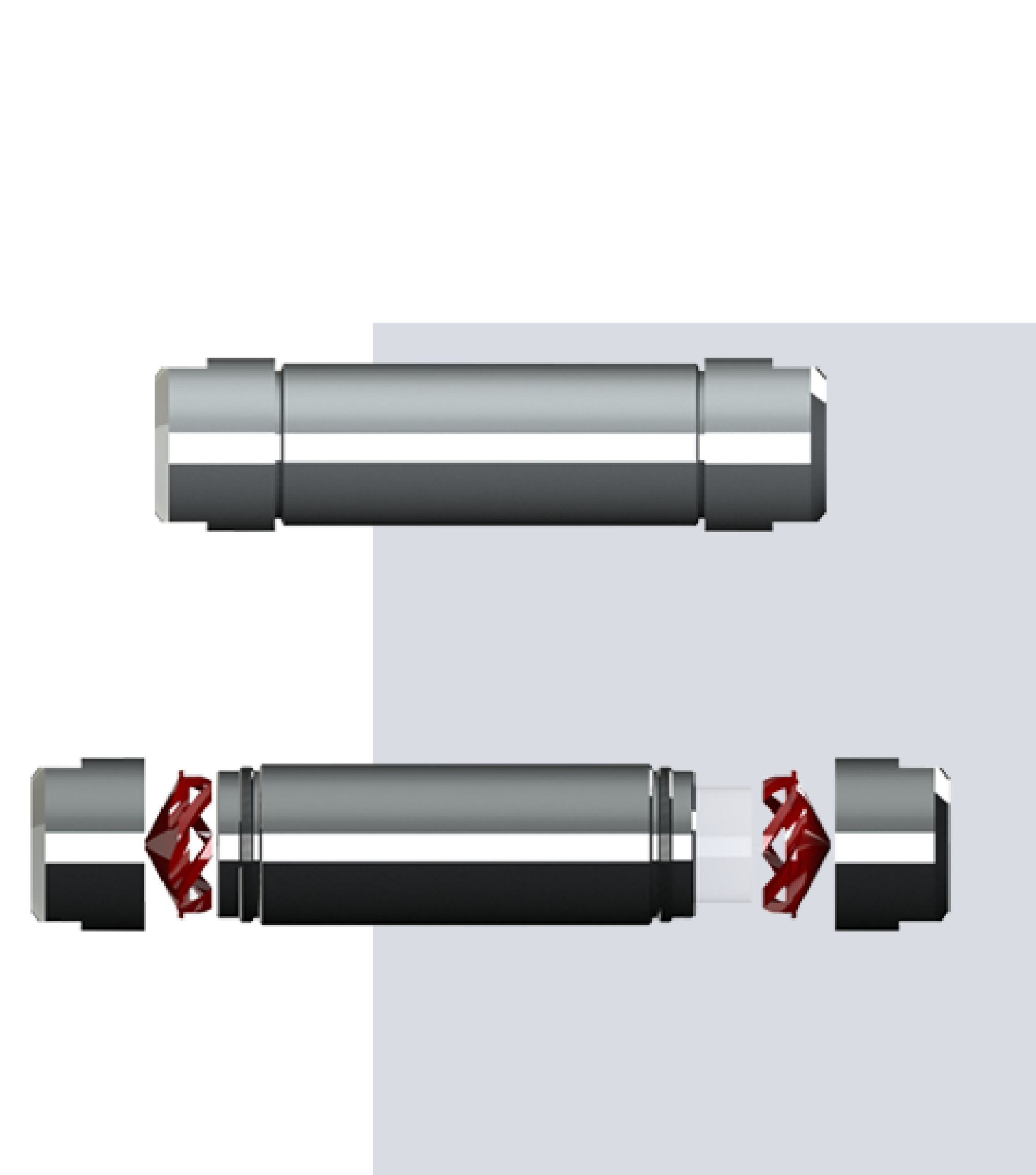Water treatment
Various ways of treating water briefly presented
PeterAqua FR Water treatment
As the water flows through our FR, it absorbs information that strengthens the lime-carbonic acid balance. As a result, the "limescale" is not only flushed out as the water flows through, but also takes existing limescale with it.

The chemical water treatment
Water softening by ion exchange
Lore ipsum - Read more... (possibly further sub-page for SEO purposes)
The physical water softening
Use of electric fields - e.g. B. for electrolysis - combined with cartridges or Replacement granule container.
- This term includes processes that are intended to change the structure of lime crystals by means of electric or magnetic fields in such a way that a deposit on pipes is reduced. Here, e.g. B. Magnets or current-carrying wires attached to the outside of water pipes or plates controlled with alternating voltage inside the flow-through device directly into the path of the water. Some devices are still equipped with a "pre-filter", which in reality is a small Ion exchanger is.
- The Foundation Warest Published in January 2000 an investigation of such water treatment devices. In most cases, no effect could be detected; only the three devices with filter cartridges to be changed regularly showed a significant reduction in limescale deposits in electric boilers.[ 1] The result of an earlier test by Stiftung Warentest[2] was thus confirmed.
- A plausible hypothesis for the effectiveness of such methods does not exist, and published "scientific" experiments on effectiveness are not reproducible.[ 3] This includes one of the Swiss Federal Office for the Environment, Forestry and Landscape Commissioned study as part of a dissertation.[ 4][5]
Read more... (If necessary, further sub-page for SEO purposes)
Further procedures
- Entfernung der temporären Härte (Carbonathärte) By boiling the water. It forms in the process Kesselstein. In the water remains the Permanent water hardness Back. This process is under Water hardness described in more detail.[ 6]
- Falling by adding a suspension of Calciumhydroxid (Lime milk); the formed Calciumcarbonat will be at the Long-term decarbonisation as mud and at the fast decarbonisation as so-called Heart grain cancelled. The process only leads to the removal of the carbonate hardness.
- One of the oldest methods for extensive softening is the Lime–Soda-Procedure. With this, already in the 19th The process developed in the 19th century can reduce the total hardness to less than 2.0 °dH (approx. 1.1 °fH) be reduced. Calcium and magnesium are preferred as Dolomit liked. The water is heated to accelerate the precipitation reaction. However, the addition of soda increases the sodium content of the water. This process was important for the production of low-hardness water for the operation of steam engines and steam locomotives. Due to the development and introduction of ion exchangers for softening, the process lost its importance and is no longer used today.
- Internal cooking water treatment Z. B. at Steam locomotives.
Read more... (If necessary, further sub-page for SEO purposes)
The magnetic water treatment
Use of 1 of the 3 magnetic fields: permanent, electric, inductive magnet
Lore ipsum - Read more... (possibly further sub-page for SEO purposes)
Biocatalytic water treatment
Granules coated with the ferment that crystallises the lime.
Lore ipsum - Read more... (possibly further sub-page for SEO purposes)
Traditional physical and chemical water treatment
Pollution
- The devices require electricity and thus generate energy consumption
Use of chemicals - Limited avoidance of corrosion
- High operating and maintenance costs
- Discharge (sodium ions/potassium ions) does not correspond to the norm
- The external world is influenced by the use
- Personnel operation and maintenance require high and comprehensive operating costs
FR water treatment
- Energy savings of up to 30%
- Extending the service life of the equipment by at least 50%
- Save water, electricity and gas (for heat generation)
- No operating and maintenance costs
- No emission costs
- High standard of environmental protection
- How to reduce the safety risk of company production
